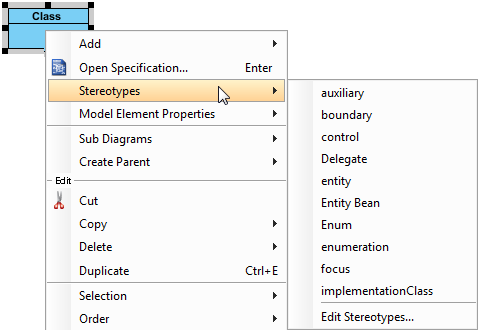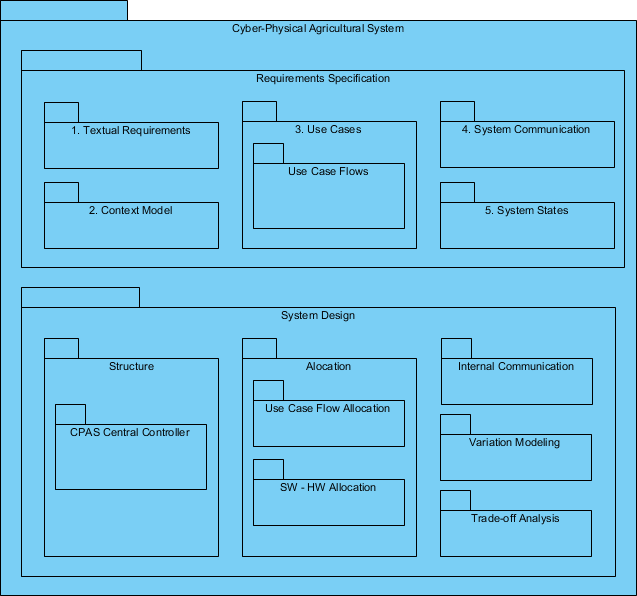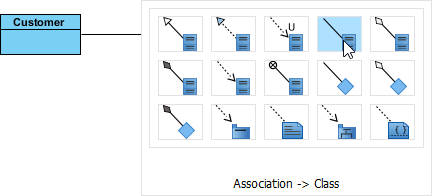

Sequence diagram allows you to model the system behavior by representing the communication and interchange of messages between objects over time. Model detailed system flow with sequence diagram The proper use of stereotype helps readers to realize the differences of use cases on easier. A stereotype is shown within a pair of guillemets, on top of the name of shape when the stereotype is applied. Stereotype is a mechanism that allows you to introduce domain specific notation in addition to those standard ones. The second use case seems to be more descriptive, right? What about having 50+ different use cases with such a long name? You probably does not want to read the diagram anymore and perhaps your eyes will be in pain.
#Visual paradigm uml package diagram update
If you are reading a use case diagram prepared for an ATM system, which of the following use cases do you want to see in the diagram? “Withdraw Cash” and “Withdraw Cash and Update Balance in Account”. Therefore, when you develop a use case model, try to express everything by first thinking from end user’s perspective.
#Visual paradigm uml package diagram software
For instance, “Login” is a system function but it is definitely not a user goal – No one will start a program, login and go away! So, the more system functions you draw in a use case diagram, the less effective the use case model can be used to express users’ real expectation throughout the entire software development process. Sometimes, a user goal is the same as a system function but this is not always true. Each of the use cases in a use case diagram should yield an observable goal through users’ interaction with the final software or system. To be accurate, use case modeling is a way to model what the users want. Many people has mistakenly treats use case modeling as a process to model system functions, which can be wrong.


It is clear that you need to know users’ expectation in order to build a software system that works, and this principle is particular important in use case modeling. We are not going to explain what are use cases in detail but some of the key concepts regarding to UML modeling, use case diagram and requirements capturing will be covered. In this article, we will go through ten tips that can maximize the effect of drawing use case diagram. While the notations applied in a use case diagram seem simple and do not express much detailed, the way how use cases are collected, organized and elaborated do significantly influence the direction of the software development lifecycle and thus the quality of the final software product. Use case modeling is a useful technique in establishing a solid foundation for software developers to develop software system that meets with customers’ needs. It allows you to visually represent the goals that users want to achieve through using the final end product, which can be a system, a software, a program, etc. Use case modeling is simply an answer to “What do the users (customers) want”. So what is use case? What is use case diagram and is use case modeling simple or powerful? Some people believe that use case diagram is so powerful that can represent many different aspects of a software, from describing system requirements to modeling the internal behaviors of the system. Another misunderstanding is just opposite to the first one. One is that, use case diagram is too simple, as it does not explain anything important and it is not worth drawing. There are two common misunderstanding about use case modeling or UML use case diagram.


 0 kommentar(er)
0 kommentar(er)
